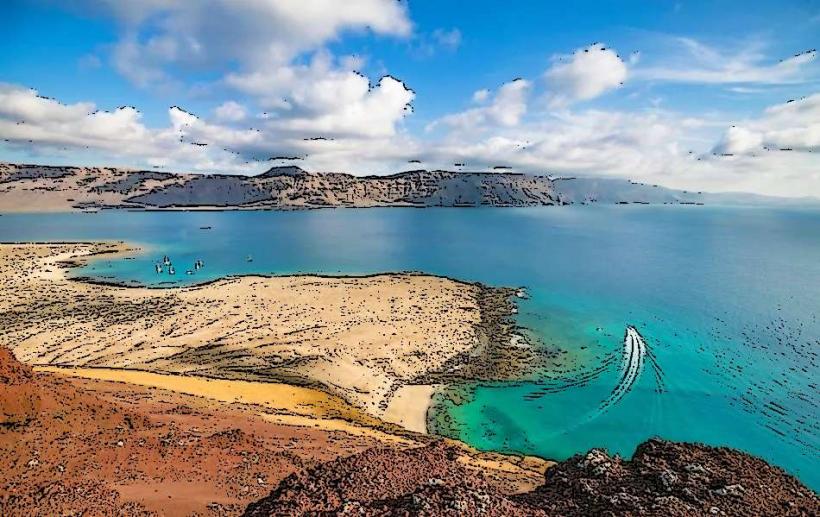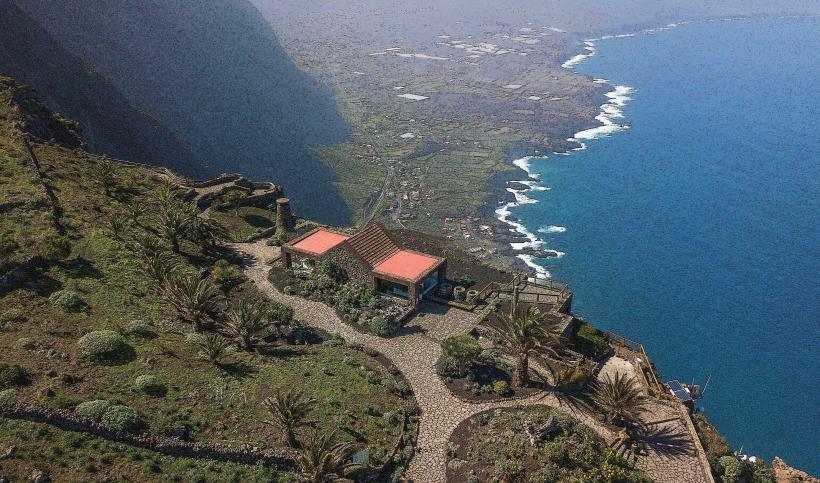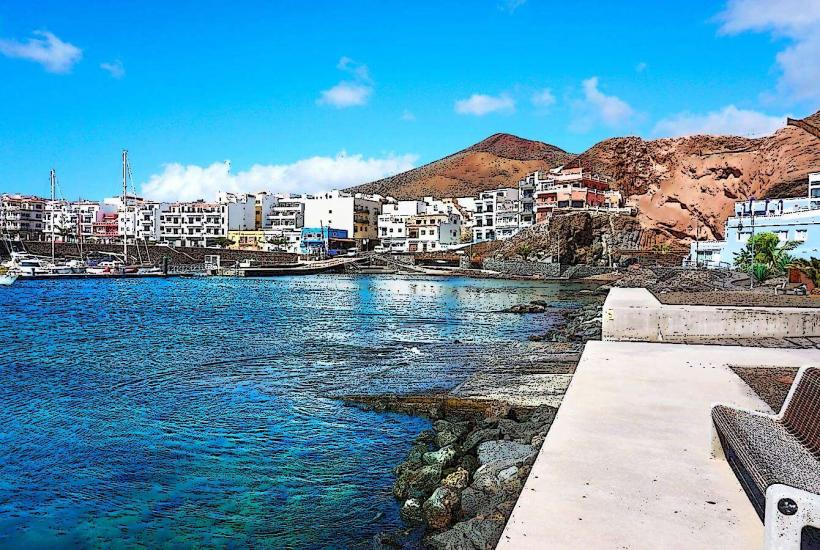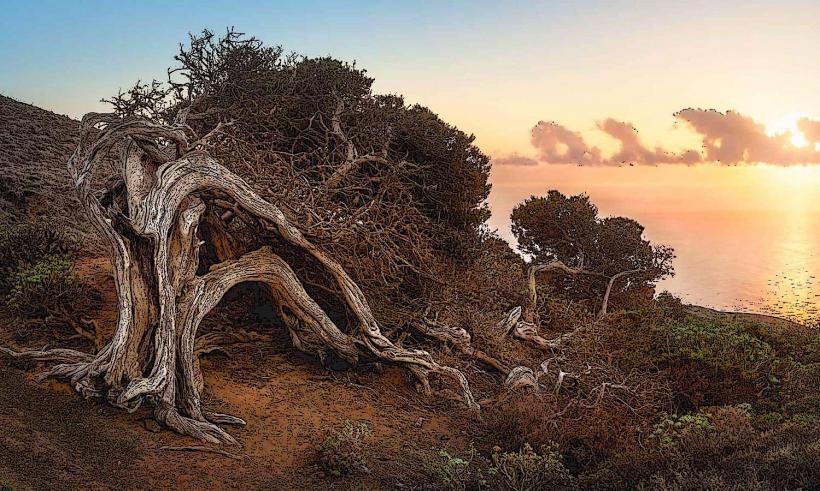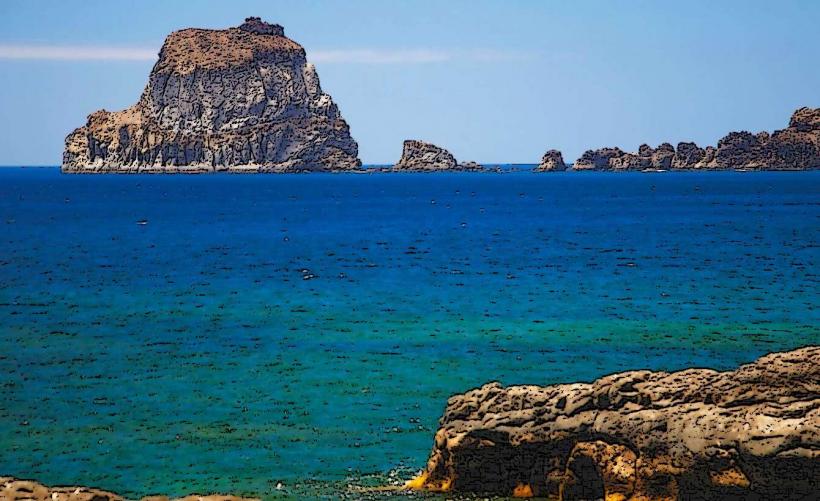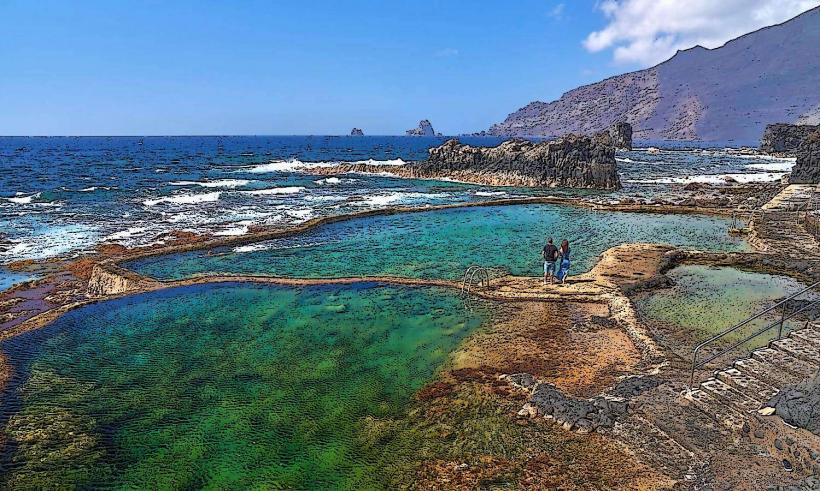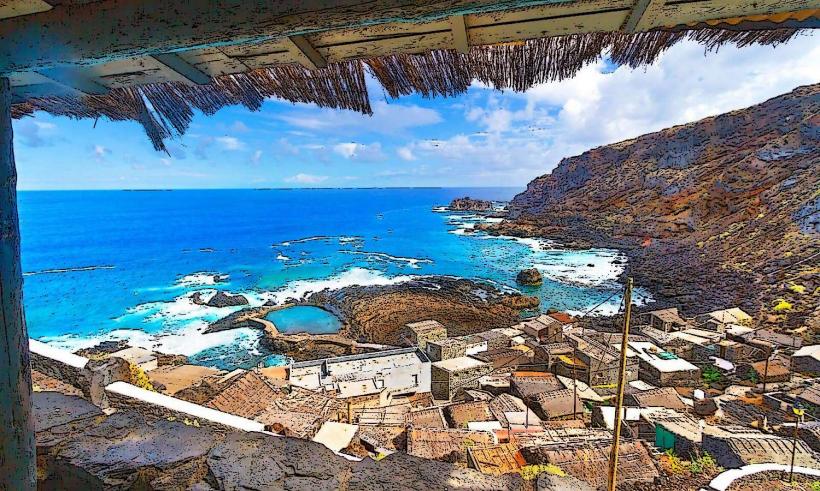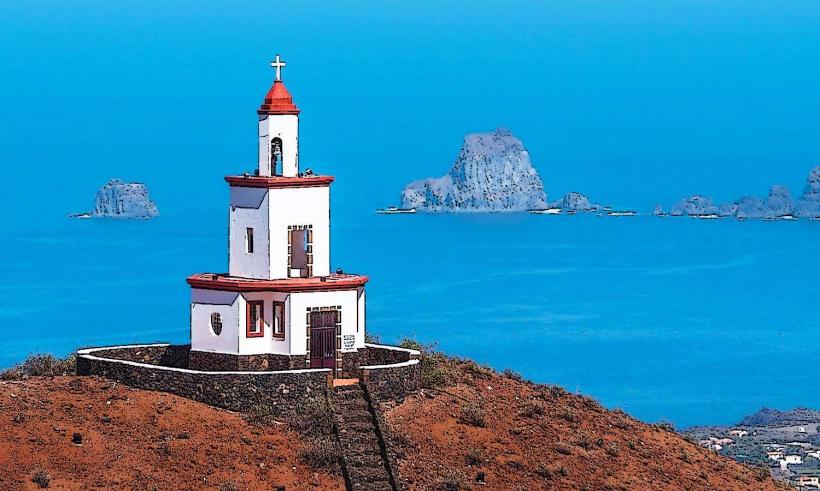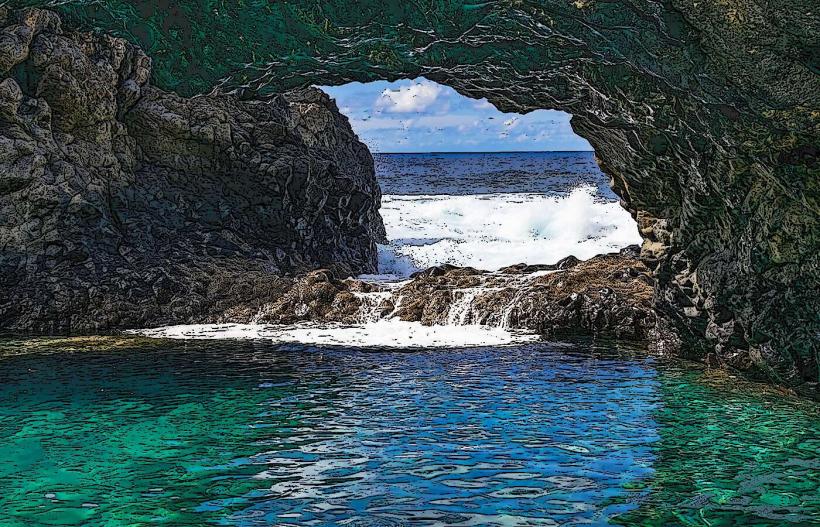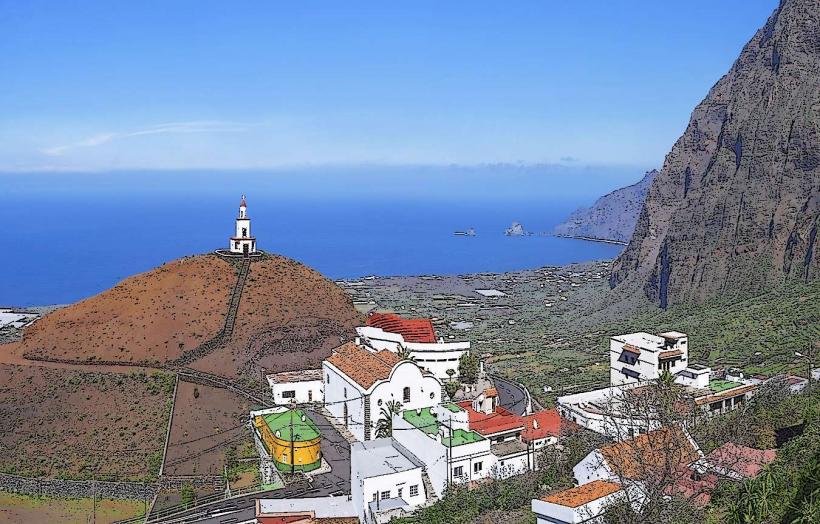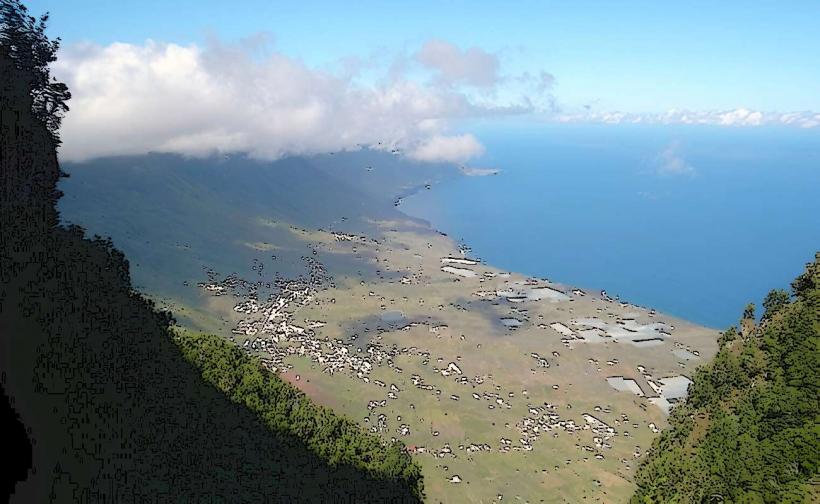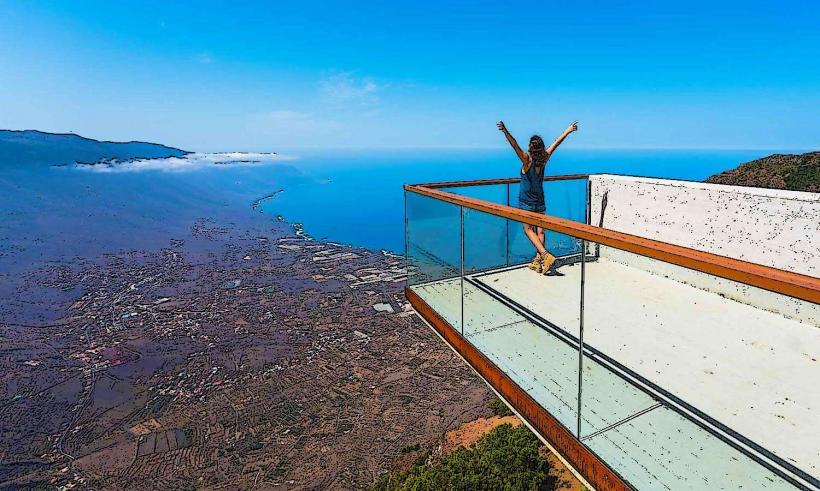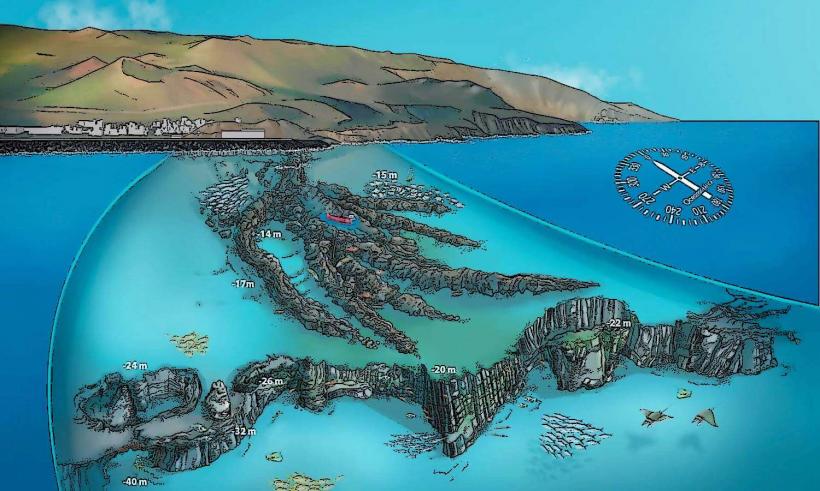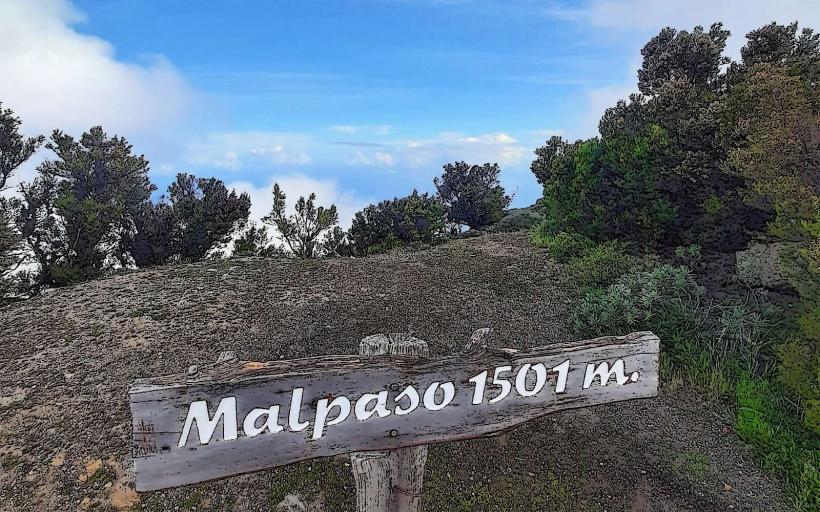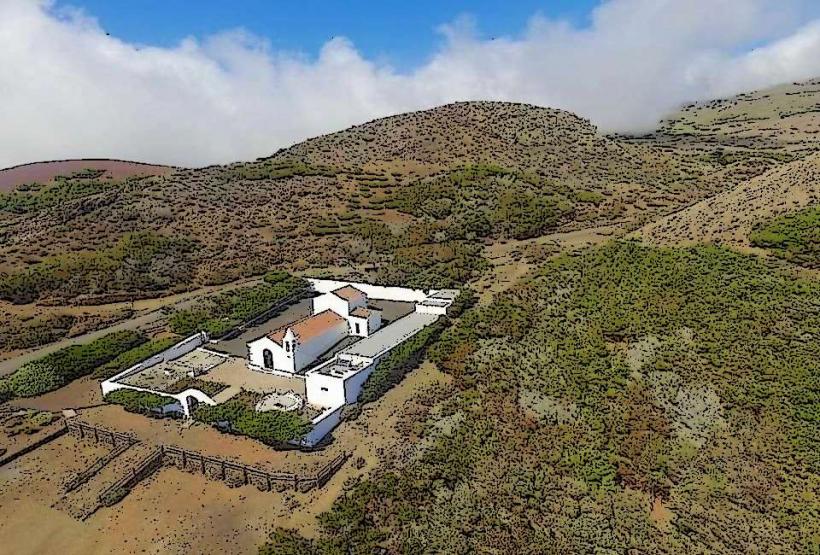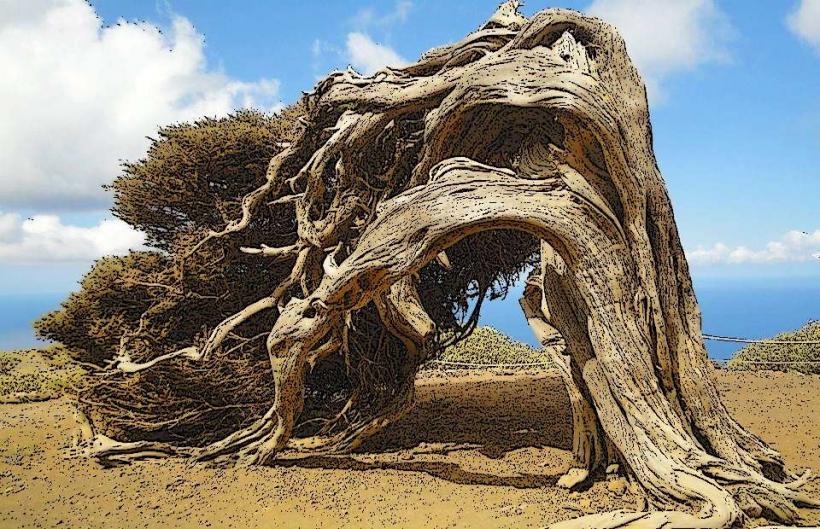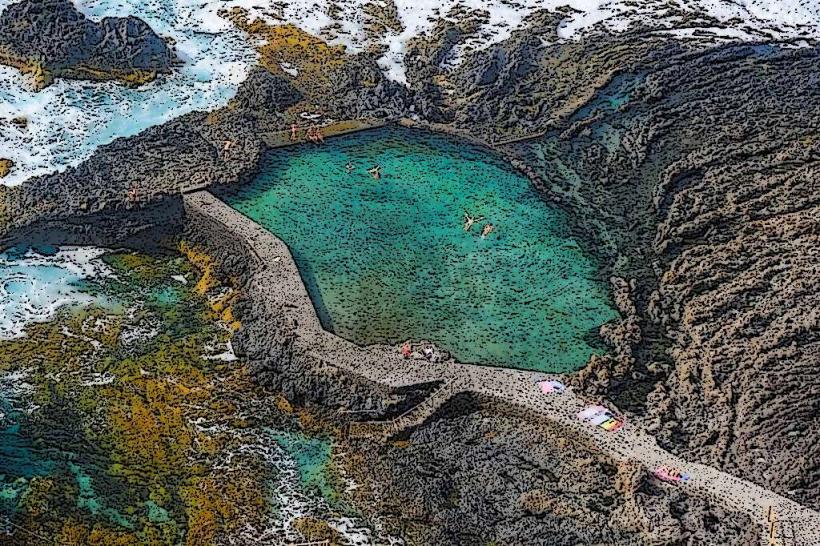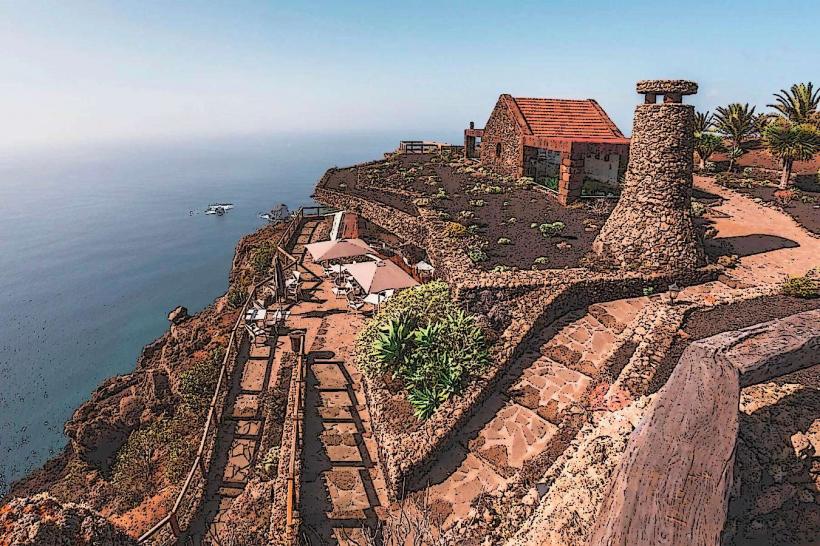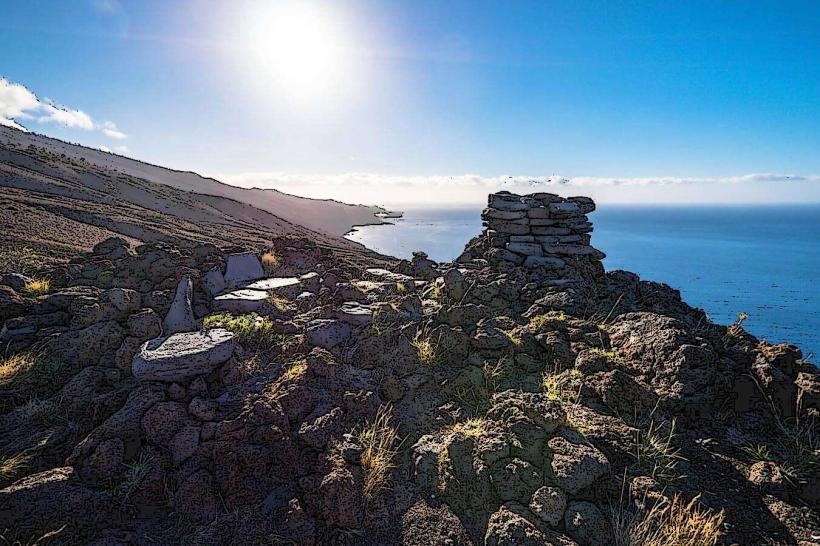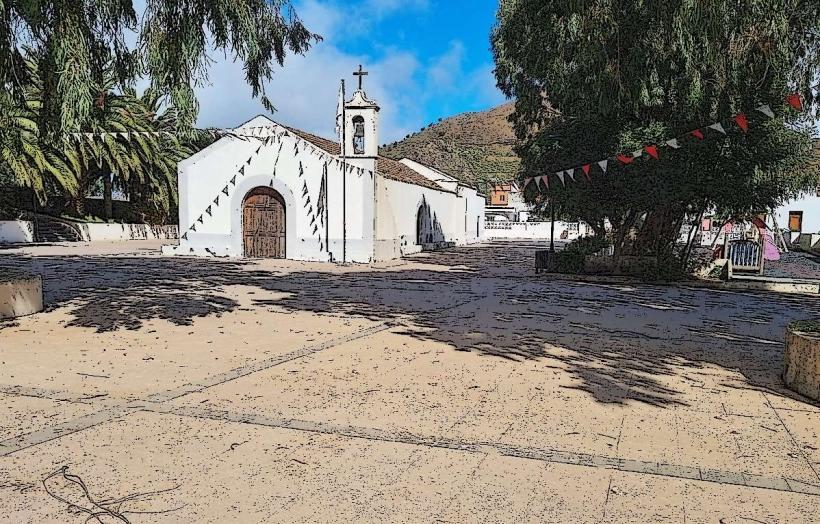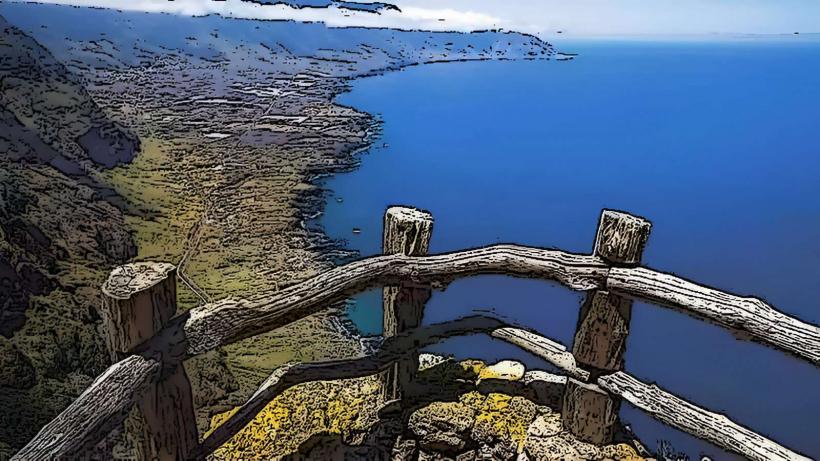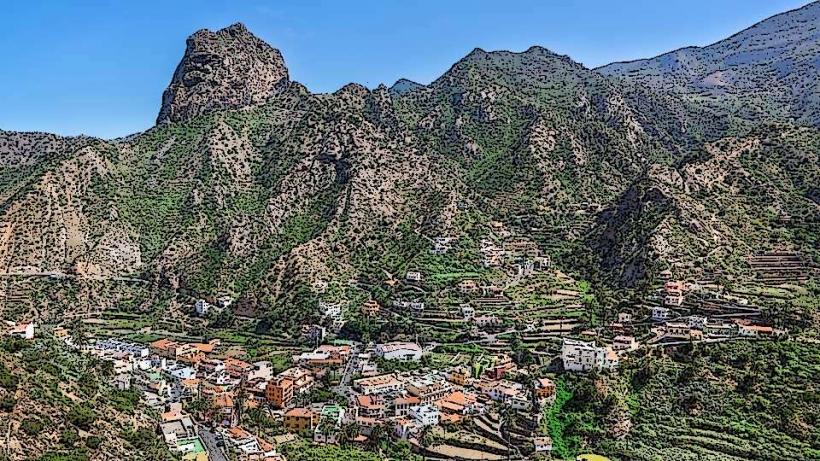Information
Landmark: Ecomuseum of La PalmaCity: El Hierro
Country: Canary Islands
Continent: Europe
The Ecomuseum of La Palma (Ecomuseo de La Palma) is an interactive and educational space dedicated to the natural, cultural, and historical heritage of La Palma, one of the Canary Islands. The ecomuseum is designed to raise awareness of the island's ecological diversity, sustainable practices, and traditional ways of life. Here’s a detailed look at the Ecomuseum of La Palma:
Location
The Ecomuseum is located in El Paso, a town in the west-central part of La Palma, within the La Caldera de Taburiente National Park. The surrounding landscape is dominated by lush forests, volcanic terrains, and dramatic mountain views, all of which are central to the themes of the museum.
Mission and Purpose
The primary aim of the Ecomuseum is to educate visitors about the natural environment of La Palma and its unique ecosystem, including its biodiversity, geology, and conservation efforts. The museum also highlights the island's cultural heritage, focusing on traditional agricultural practices, local crafts, and the island's unique architectural styles.
Exhibits and Themes
The Ecomuseum’s exhibits are carefully designed to provide an immersive experience for visitors, allowing them to explore different aspects of the island’s natural and cultural heritage:
Natural Heritage:
- The museum showcases the incredible biodiversity of La Palma, from the rich flora and fauna to the island's volcanic origins. La Palma is renowned for its forests (especially laurel forests or laurisilva) and the diverse species of animals, including endemic birds, reptiles, and invertebrates.
- Information about the island’s volcanic landscape is also a key theme, explaining the formation of La Palma, its volcanic craters, and the natural forces that have shaped the island over millennia.
Agriculture and Traditional Practices:
- The museum highlights traditional farming techniques that have been used on La Palma for centuries. The island has a rich history of agriculture, with a focus on the cultivation of bananas, grapes, and potatoes, as well as cereal crops.
- Visitors can learn about the ancient techniques of terracing, which have allowed farmers to make the most of La Palma's steep terrain. The museum provides insights into sustainable farming methods and how these practices have been adapted over time.
- There are also exhibits that focus on cultural products such as wine and cheese, two of the island’s most traditional agricultural products, along with other artisanal crafts like pottery and weaving.
Environmental Conservation:
- As an ecomuseum, a key focus is on environmental sustainability and the importance of conserving La Palma’s natural habitats. The museum educates visitors about the island’s role in global conservation efforts, particularly its commitment to protecting natural areas, such as the Caldera de Taburiente National Park, and its designation as a UNESCO Biosphere Reserve.
- There are exhibits dedicated to ecotourism and renewable energy, reflecting the island’s efforts to preserve its pristine environment while also promoting sustainable tourism.
Astronomy:
- La Palma is one of the best places in the world for astronomy, and the museum highlights the island’s role in space observation. The Roque de los Muchachos Observatory, located on the island, is home to one of the largest and most important astronomical research centers in Europe. Exhibits on astronomy provide visitors with insights into the island's contribution to space science and its clear skies.
Local Architecture:
- The museum offers a glimpse into the traditional architecture of La Palma, with exhibits showing the typical Canarian style of houses built using local materials such as volcanic stone and wood. Visitors can also explore the distinctive interior designs that reflect the island's cultural heritage, including furniture and decorative items.
Outdoor Areas and Workshops
In addition to the indoor exhibits, the Ecomuseum features outdoor spaces where visitors can experience the island's natural environment firsthand. These areas include:
- Botanical Gardens: The museum has a small botanical garden showcasing native plant species from La Palma, including many that are endemic to the island.
- Workshops and Activities: The Ecomuseum often organizes workshops and activities aimed at engaging visitors in hands-on learning experiences. These activities may include traditional craft-making, agricultural demonstrations, or cooking classes featuring local dishes.
Sustainability and Educational Programs
The Ecomuseum of La Palma places a strong emphasis on sustainable practices and offers educational programs designed for both locals and tourists. These programs aim to raise awareness about the importance of protecting the environment and preserving local traditions.
- School Programs: The museum offers educational programs for schools, focusing on teaching children about the island's natural and cultural heritage. These programs are designed to inspire a sense of environmental responsibility in young people.
- Visitor Education: For tourists, the Ecomuseum provides informative guides and audio-visual displays that explain the ecological and cultural significance of La Palma. The goal is to foster a deeper appreciation for the island’s unique features and promote responsible tourism.
Visitor Experience
- Accessibility: The museum is easily accessible by car from the main towns of La Palma. It has good facilities, including a parking area and visitor services.
- Opening Hours: The museum generally operates on standard opening hours, but it’s recommended to check in advance, especially during off-peak seasons or if planning to attend specific events.
- Admission: Entry fees are usually modest, and there may be discounts available for children, seniors, and groups.
Conclusion
The Ecomuseum of La Palma is a must-visit for those interested in exploring the island’s natural wonders and cultural traditions. Its well-rounded exhibits offer a comprehensive understanding of La Palma’s diverse ecosystems, sustainable farming practices, and local heritage. Through its immersive experience, the Ecomuseum encourages visitors to engage with the island’s past while promoting the importance of environmental conservation for the future. Whether you're interested in ecology, astronomy, or cultural heritage, the Ecomuseum provides valuable insights into what makes La Palma one of the most unique islands in the Canary archipelago.

